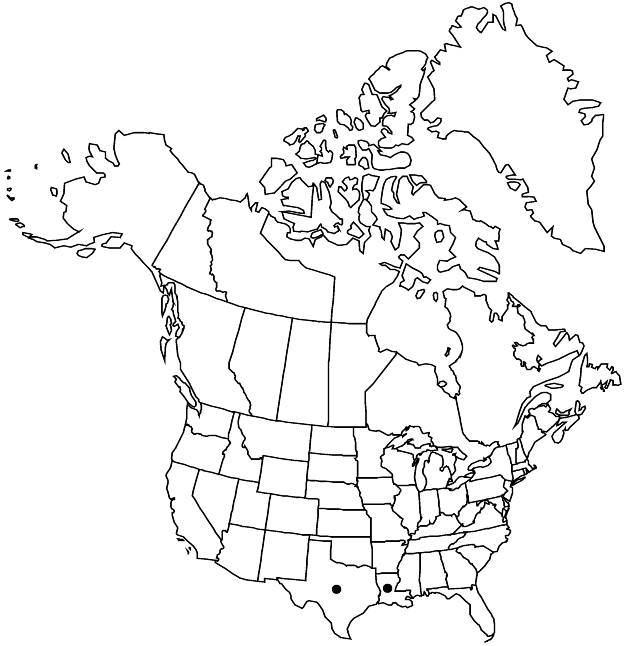Stellaria parva
Bot. Tidsskr. 57: 44, fig. 4. 1961.
Plants annual or perennial, forming mats, rhizomatous. Stems creeping, much-branched, rooting at lower nodes, 4-angled, 5–30 cm, glabrous or sparsely pubescent on 2 sides. Leaves sessile to subsessile; blade elliptic to obovate, 0.3–1.5 cm × 1–6 mm, base cuneate to spatulate, margins entire, apex obtuse to ± acute, tip blunt, glabrous or pubescent at base and stem nodes. Inflorescences with flowers solitary, axillary in distal nodes; bracts absent. Pedicels spreading, becoming reflexed in fruit, 2–10 mm, glandular-pubescent. Flowers 3–4 mm diam.; sepals 4–5, herbaceous with midrib, ovate-lanceolate, 2.5–3 mm, margins convex, membranous, apex obtuse, glandular-pubescent; petals 4–5, ca. 3 mm, equaling sepals; stamens 4–5; styles 3–4, ascending. Capsules broadly ovoid, ca. 4.5 mm, longer than sepals, apex obtuse, opening by 6–8 valves; carpophore absent. Seeds ca. 20, brown, round, ca. 1 mm diam., prominently papillate; papillae obtuse, taller than broad. 2n = 34.
Phenology: Flowering spring–fall.
Habitat: Short grass in ditches and marshy areas
Elevation: less than 100 m
Distribution

Introduced; La., Tex., South America (Argentina, Brazil, Paraguay).